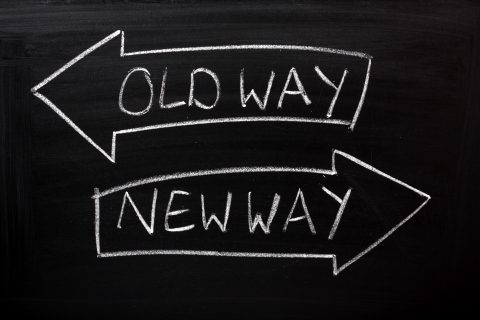In ancient history, the Chinese may have intended it as a curse, but ‘may you live in interesting times’ is more a matter of fact these days than an indicator of any specific difficulty. That’s apparent in manufacturing, where the resurgence doesn’t mean your challenges have disappeared but have instead changed with the times. And yes, it’s still interesting times, which is why I’ve rounded up some useful information which may help you deal with these existing and new emerging challenges.
1. Attracting talent


What a difference a few years make, we’ve gone from layoffs to furloughs to big demand for quality people. But how will you attract and retain the best? Jeff Otto at LBMC tackles the issue – and shows that with the newer generations, you may need a tailored approach.
Yes, we’re talking Millennials – and their expectations are radically different to those of the Boomers or Gen X/Ys. For most of us on entering the workplace it was a simple matter of ‘Fit in or Fly Off’. While you don’t want to bend over backwards for potential employees, we’re all fishing in the same talent pool so there’s no question that some effort is required in a competitive marketplace.
IndustryWeek defines the problem – which starts with millennials’ adversity to manufacturing – and provides suggested solutions in the thought-provoking ‘Millennials and Manufacturing: Eight Tips to Attract and Train a 21st Century Workforce’. It also helps to work with and support local industry association initiatives in this space.
2. Breaking innovation barriers
A consistent and common problem encountered by manufacturers everywhere (and that’s beyond windows and doors) relates to information availability. Factories growing organically over time tend to have a mixed selection of old computers, paper systems, and rely on human memory/ingenuity to keep the lights on. The problem with these information silos is they are highly error prone and operate independently.
As with any manual process, a mis-keyed instruction, a tenured line worker home sick for the day, a misunderstanding – that’s all it takes, and a major order is ruined. Most factory managers know there’s a problem; the question is, how do you solve it? By embracing digital transformation, and investigating efficiencies in supply chain integration processes and ecosystem integration software. Mahesh Rajasekharan, President and CEO of Cleo, discusses this in his article on Embracing Digital Transformation In Manufacturing Through Ecosystem Integration Technology.
3. Dealing with change


Even when recognized as absolutely necessary, the change associated with the introduction of new technology remains the biggest difficulty in modernizing any organization. That’s because change isn’t so much about the technology but about the people who must work with it.
If you’re gearing up for a technology implementation – whether Soft Tech V6 or anything else – there’s a fantastic paper from LaSalle University which highlights the issues you’ll face from multiple perspectives, including Management, Staff and Generational. Handily, ‘The Challenges of Integrating New Technology into an Organization’ also sets out the necessity of change and the benefits you can expect.
Growth or recession: Efficiency and accuracy are always relevant
Finally, part of the fact of ‘interesting times’ is that growth can unexpectedly give way to recession for any number of reasons. Coping effectively with either scenario is the mark of resilience; when your factory is equipped with systems and technology that supports accurate, efficient production, you’re best placed to handle coughs and hiccups along with healthy growth.

